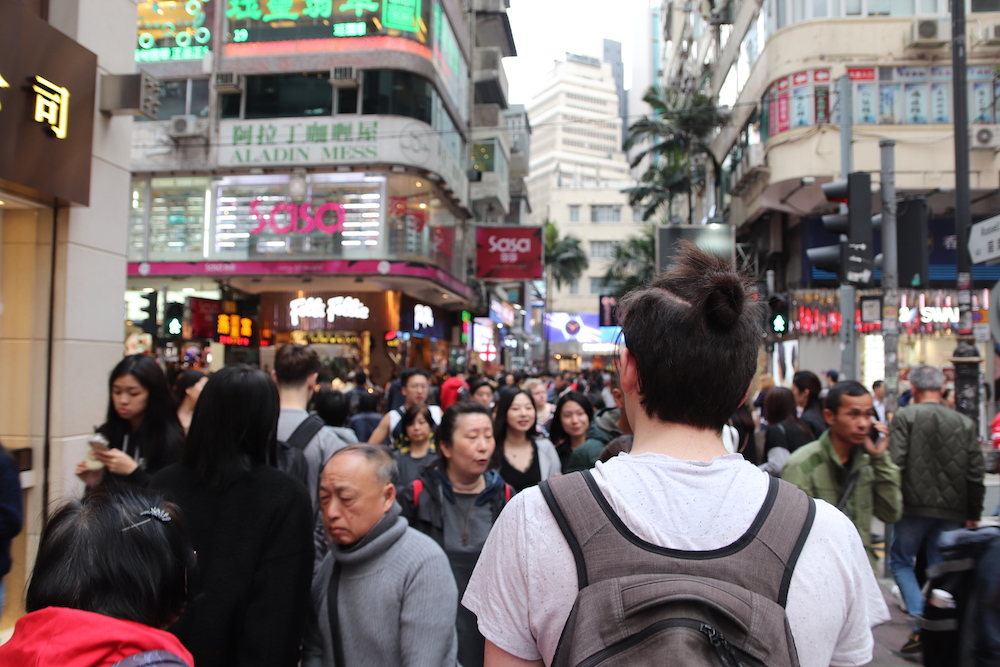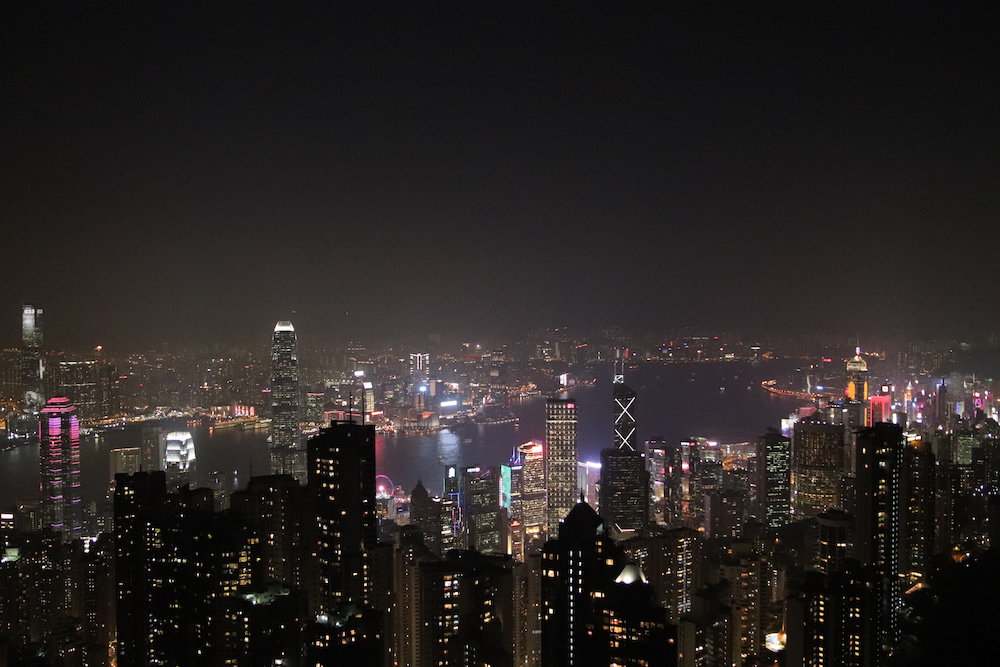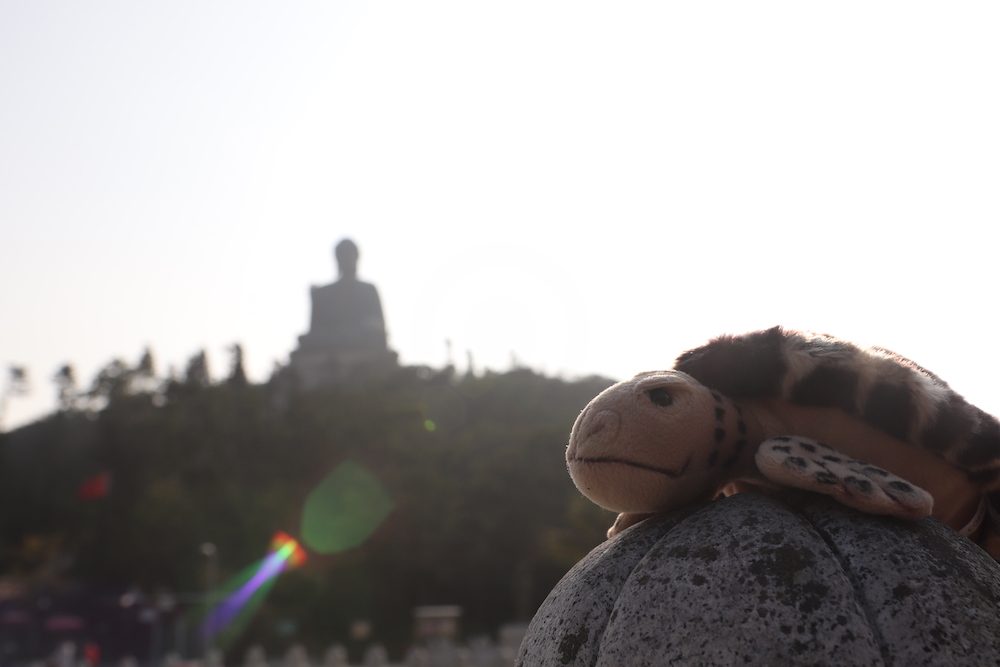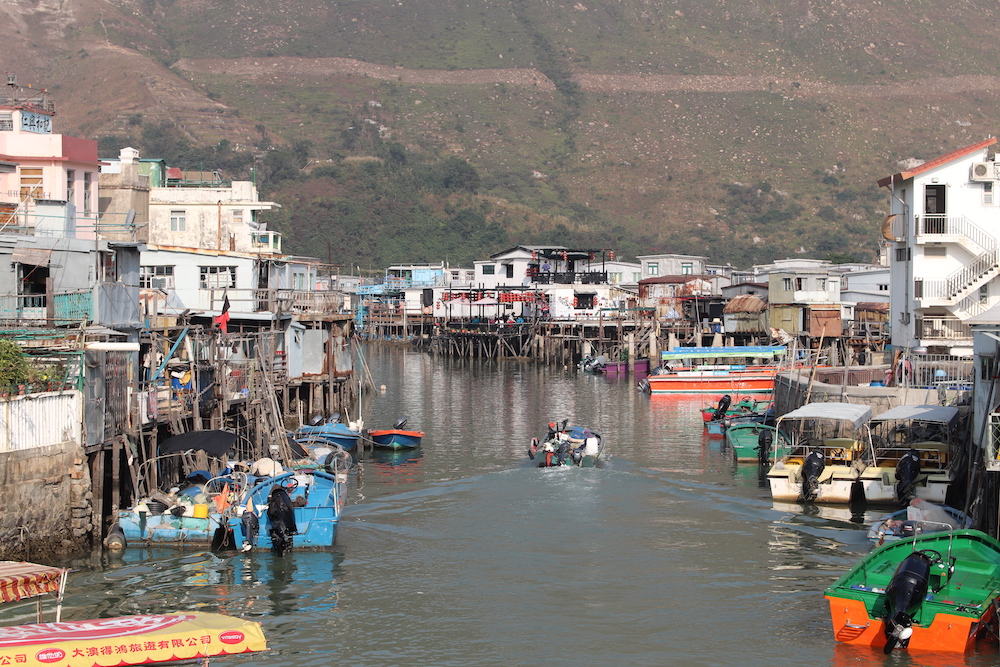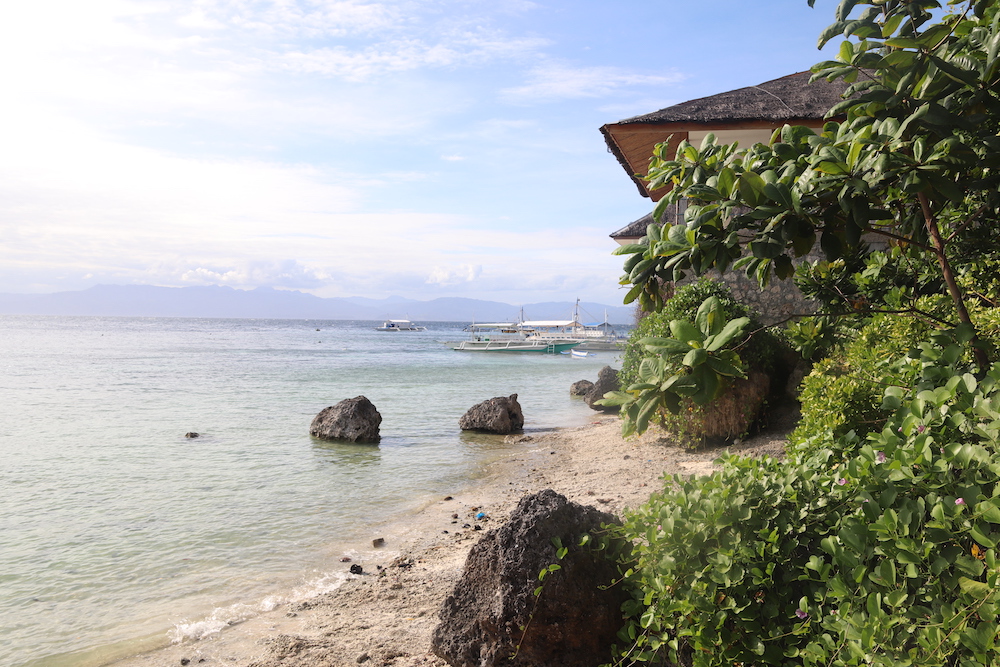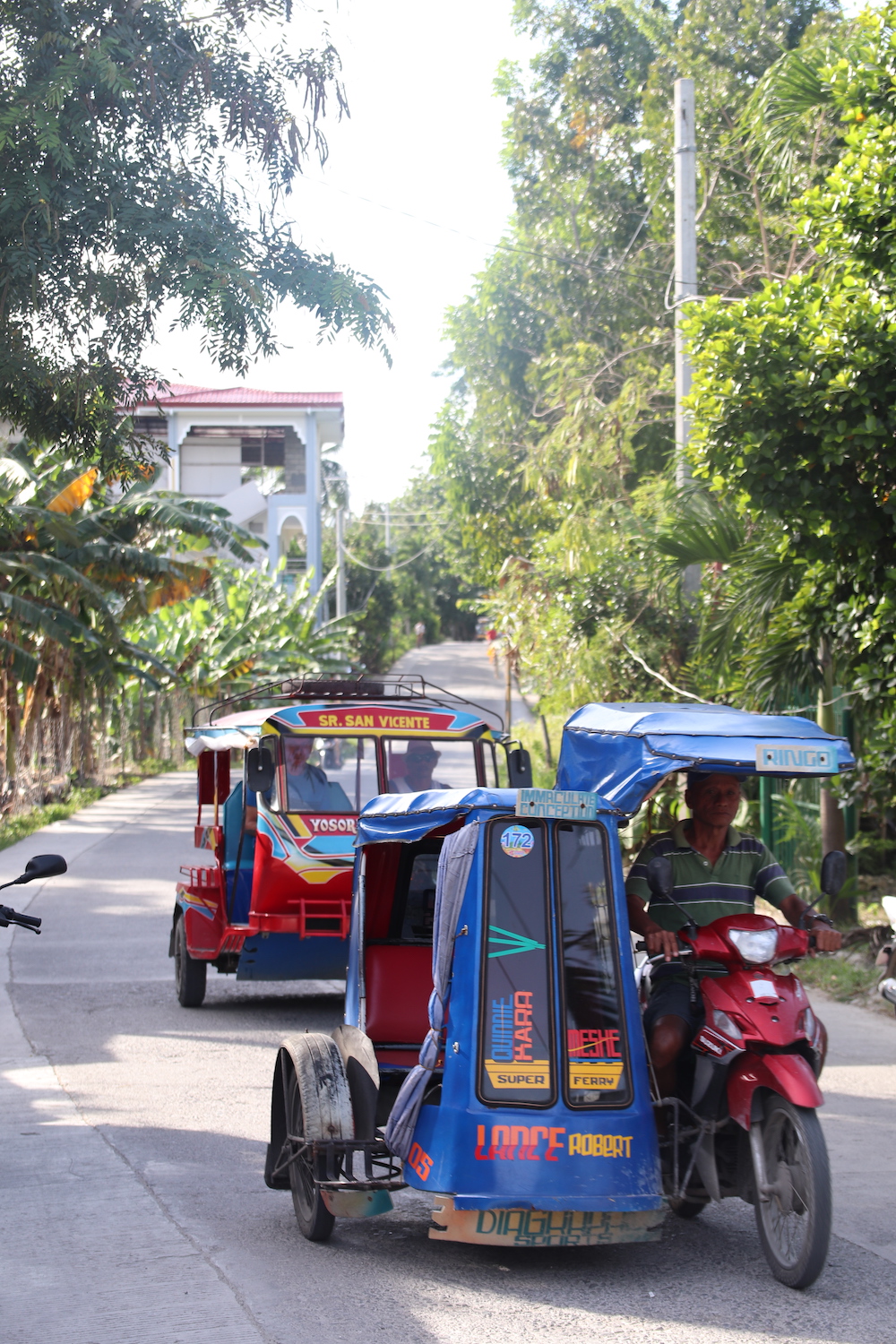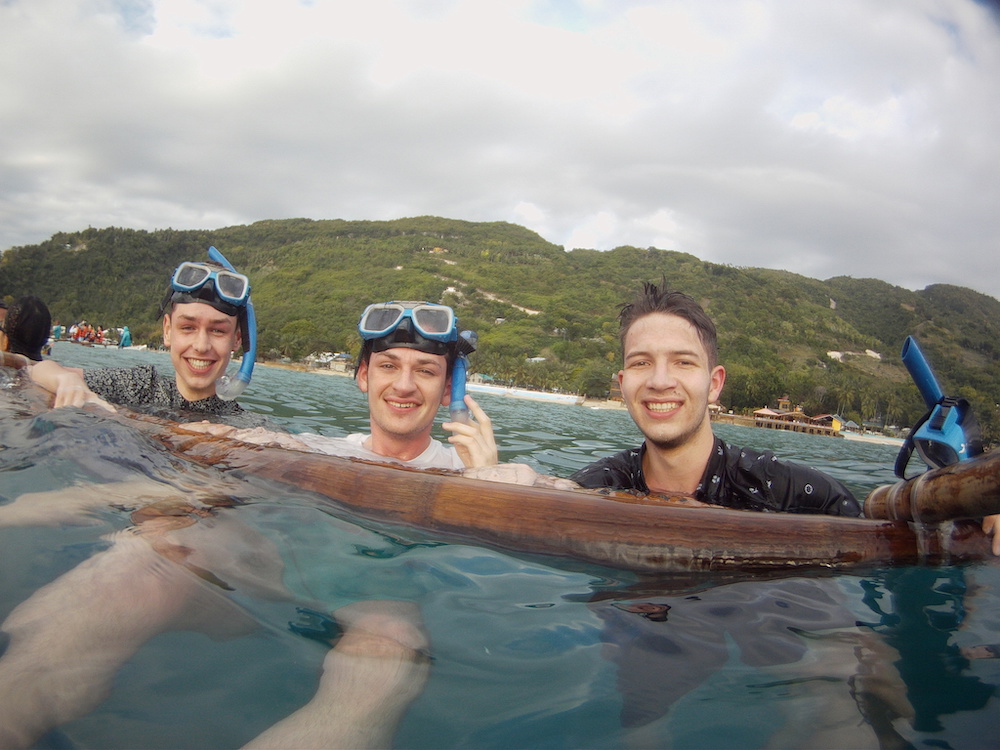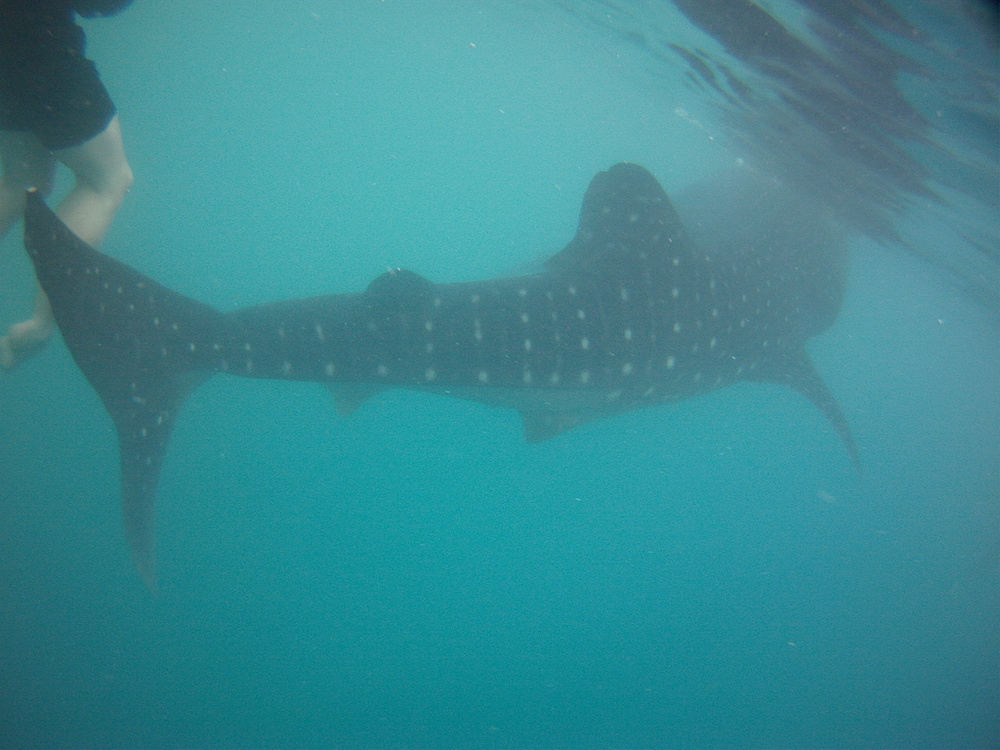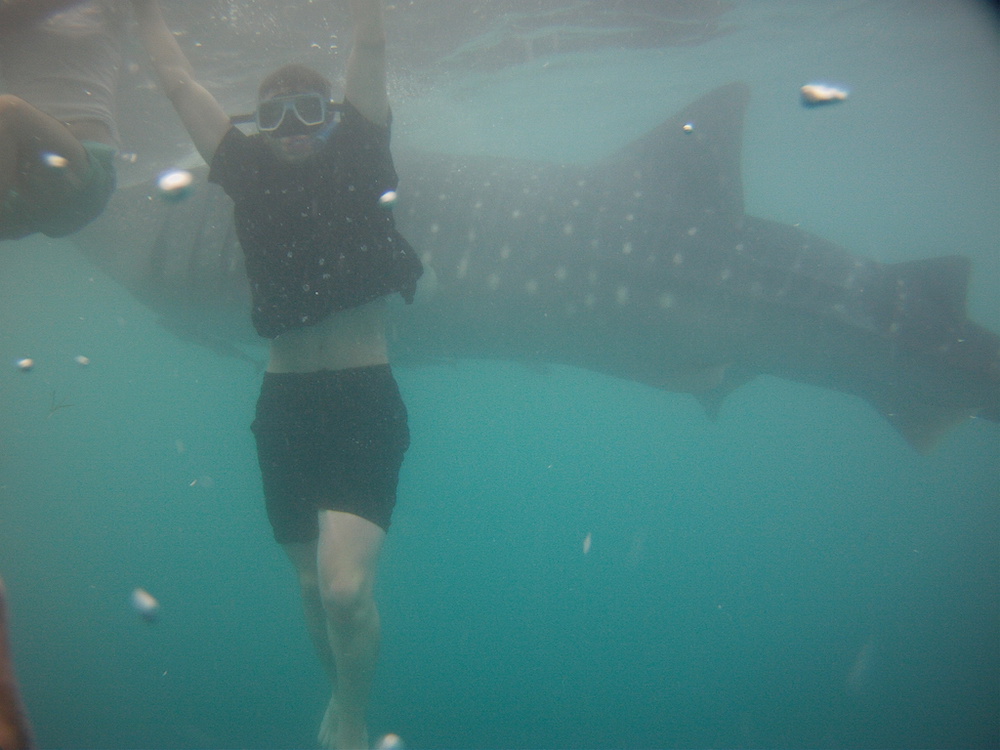Travel Blog I: Michelin Starred Food and Whale Sharks
It's been a long time since my last blog, and a lot has happened since then. I think it’s a lot to put in one entry so I’m going to try to split it into two, I hope you find it interesting.
The holiday got off to a very slow start. Due to the cheap-as-possible nature of our planning, we’d ended up with a good few middle of the night flights, and our first, from Beijing to Hong Kong, was one of them. With the earliest train to the airport arriving only around the time of our flight, we decided to take the last train the night before, then just camp out in the terminal for a few hours until check-in. Although a little cold, this was alright, so we set our alarms for 3AM and took over a few chairs in a quiet part of the terminal. After a short sleep, quick check-in and breakfast we decided to head for security.
This however was where things began to get stressful. It turned out we had to get a shuttle train in order to reach security and our gate. So we ran through the airport, found where we needed to go, passed our tickets through the scanners for the train, only to look back and see Paul frantically wrestling with the padlock on his hand luggage. It was broken, with his tickets inside.
A couple of airport workers saw us and tried to help, offering a plastic pen as an opening tool. Paul, still attempting to keep his bag intact while breaking the lock allowed Ross a turn who immediately went for an inside pocket and tore the bag open. However drastic a measure, it was the only way we were going to get on our flight. So, after a 20 minute train ride and rigorous security check we finally made it to our gate, identifiable by a red screen reading out “final call” above the door, two words we’d soon become too familiar with. In retrospect, it makes sense why the flight felt so relaxing.
Hong Kong was spectacular. Standing on the seafront in Kowloon, all you could see was skyscrapers and bright moving billboards playing ads among their peaks. Just behind them were the mountains, trees and buildings in equal measure, making it look like a modernised jungle.
A busy street in Hong Kong
Our hostel was right in the city centre, just a building or two away from Times Square. Inside was about the same as you might imagine a cheap apartment block in one of the most crowded cities in the world. Clothes hanging on plastic tubing and bamboo in the centre column next to the stairwell and a lift with the width of two chairs put together going up to our room. We had two beds which took up almost the entire floor space (bar a narrow walking route to the bathroom). As cramped as it was, the change was still somehow refreshing.
That night we met up with Edmond, a friend of Ross’ dad and a lawyer in Hong Kong. He told us about things to do in the city and his experiences living there, while we told him about our experiences in Mainland China. It was fascinating to hear about the city from a local, and lead to us getting to try a lot more of what it had to offer. We ended up in a 24-hour breakfast restaurant where Edmond bought us pancakes. There were a few of these places around the city. It seemed like whatever you were looking for, you could probably find it in Hong Kong.
Hong Kong at night
We woke up late the next day and walked into the centre of town to find something to eat. It was here that we had our first taste of Michelin recommended food. A small street food stall serving cups of sticky sweet rice and meat. Behind it were shop windows plastered with reviews, pictures of customers and just a small sign with the Michelin logo to signify its recognition by the food guide. Their specialty dish was a sausage and mushroom rice at a price of 36HK (£3.60), a little more expensive than we were used to for lunch back in China, but for Michelin recommended food, it seemed pretty reasonable.
Hungry for more, we tried out Tim Ho Wan later on that day for some actual “Michelin star” dining, regarded by most as the cheapest Michelin starred restaurant in the world (although this is hotly debated). Whether it holds the title or not however, there is no denying its popularity, we arrived to find a queue literally going out the front door. It’s recommended to spend about 70/80HKD to get a good filling meal (including drinks/dessert). Wanting to get the full experience, we tried to get something from each part of the menu. It’s funny to think the most expensive meal I’ve had since leaving Shetland is about the same price as a fish and chip supper. Despite great efforts to critique the meal, we literally couldn’t fault it. I’d recommend the barbecue pork buns, they’re probably my favourite food now.
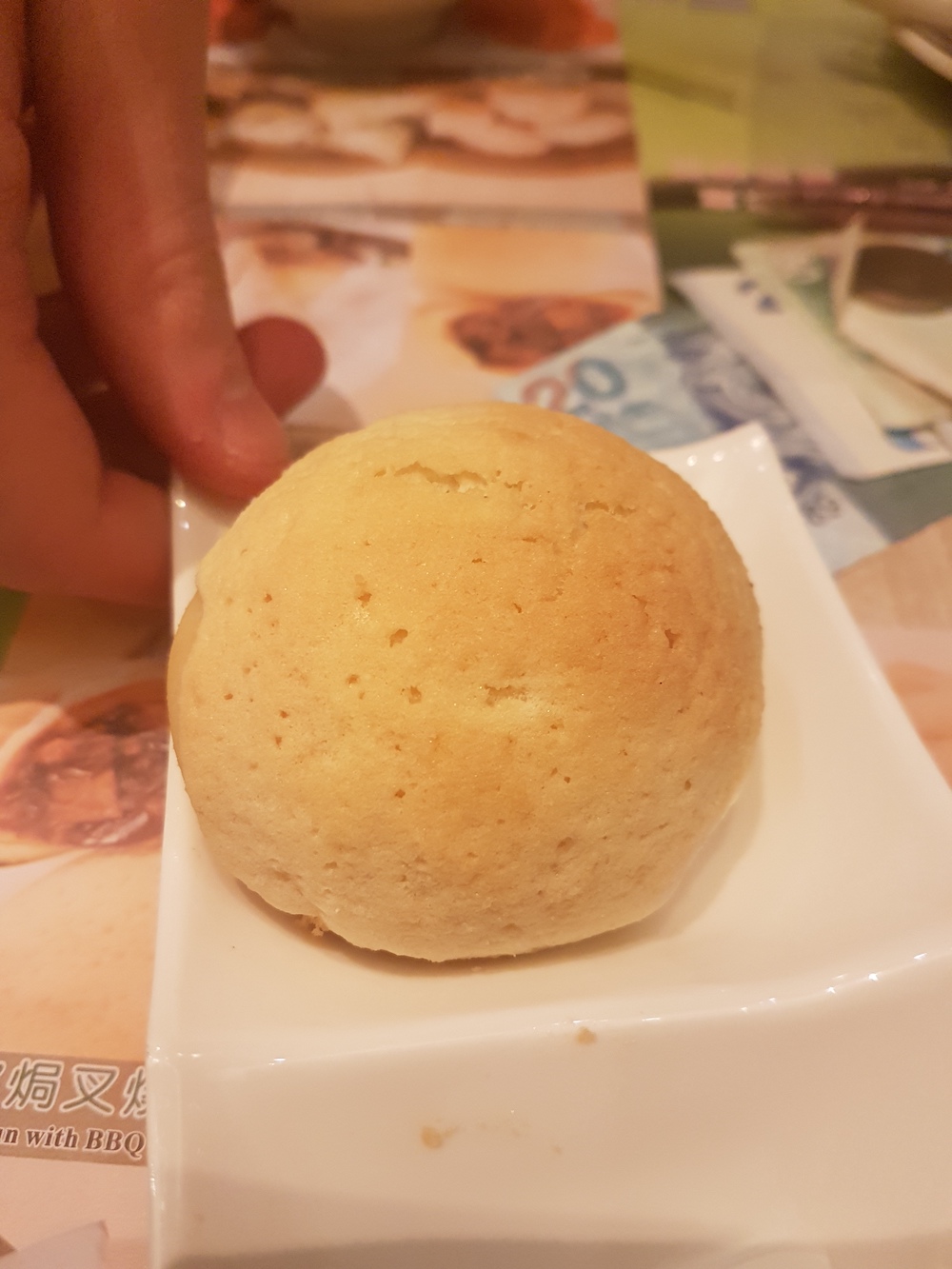
A pork bun in Tim Ho Wan, Hong Kong
Sheldon below the Tian Tan Buddha in Hong Kong
An interesting feature of Hong Kong is its British place names, left over from colonial times. We ended up spending a bit of time in Edinburgh Place, Argyle Street and even climbed a mountain called Victoria Peak from a starting point in Aberdeen. It was fun to see some more Western home comforts like Jaffa Cakes and Nutella in shops as well. Hong Kong has gone through many changes in its long and complex history, from just a small fishing village in the South of China to one of the most expensive places to live in the world. Like the traditional British street names however, remnants of this past can still be found in and around the city, just as long as you know where to look. We were told about one such place by Edmond when we asked him what we should do in the few short days we were visiting, he immediately told us about a small fishing village on the island of Tai O, accessible via a bus from the city.
Crossing the bridge into Tai O
Crossing the bridge into Tai O felt like walking right into Hong Kong’s past. Old men and women in colourful boats steamed slowly down the river, sorting buckets of fish and untangling nets. The street leading into the village was lined with vendors selling dried fish and spicy meatballs to locals and tourists alike. After passing through the town, you reached a Buddhist temple with a steep path leading up to the peak of the island. From here we could see out over the water and down the long bridge to Macau. Behind us were the mountains and valleys of rural Hong Kong, which are now slowly disappearing as infrastructure moves in. Right now however there’s still an interesting contrast, from standing on a busy pavement with noise and advertisements wherever you look to the middle of a forest in the mountains, all in a short bus ride. We took the Star ferry back across the bay on our way home that night, taking one last look at the city’s night skyline before we headed to our next stop in the Philippines, Cebu Island.
Compared to last time, our journey from Hong Kong to Cebu went just about perfectly. Getting up at 5AM, we arrived at the subway just as it opened, got to the airport as check in opened, and even had time for some pancakes before our 3 hour flight to the sunny Vasayan Islands.
The people we met when we arrived were incredibly friendly and helpful when showing us the way to Moalboal (pronounced moe-al boe-al), a beach village on the south end of the island and the location of our hostel. After a couple of bus rides, we arrived at dusk in a small village with a few hostels lining the road, it had been a long day so we decided call it a night and explore the town tomorrow.
A beach in MoalBoal, Cebu
We woke up early the next morning and headed for the beach. Our hostel offered snorkeling gear for 100PHP (about £1.50) so we hired a few masks and headed for the shore. We found a coral beach and managed to make it over the sharp edges of the reef and into the more open sea where the boats were. Once you were past the sand and stones the water began to clear and you could see the bottom, brimming with colour and life. Small yellow and blue fish darted between green, purple and orange coral with small clearings of white sand between. We swam around for a couple of hours before getting hungry and heading for a local restaurant up the beach. We went snorkeling again a couple of times in the afternoon and saw all kinds of marine life such as giant clams, sea urchins and some kind of colourful eel, but it could have been a sea snake.
The next day was a little less exciting, not exactly sure why but for the purposes of this blog, let’s just call it something I ate.
I recovered quickly though and the day after that, we headed for the white beach, something of a tourist attraction across the island. After a short tricycle ride (motorbike attached to a small metal cabin) through the jungle we arrived at the shore, found a spot right by the sea and lay there in the sun for a few hours. Due to the relatively small number of foreigners, after a while we attracted a fair bit of attention; vendors trying to sell us things, tour guides offering trips off in their boats or families simply just wanting to take some photos with us. In the end, after talking to one such Filipino family for a while, we were invited up the beach to join some kind of family reunion dinner where we met dozens of people and were offered all kinds of weird and wonderful Cebuan food. One particularly memorable delicacy was a small roasted banana, with which you put about a teaspoon or so of tiny salted fish. Despite its appearance, it was surprisingly really tasty. With the day drawing to a close, we went swimming again with some of the family and got some photos, before heading back to Moalboal. We set our alarms for 3AM the next morning, but this time it wasn't for a flight, instead we were going swimming with whale sharks.
Tricycles in Moalboal
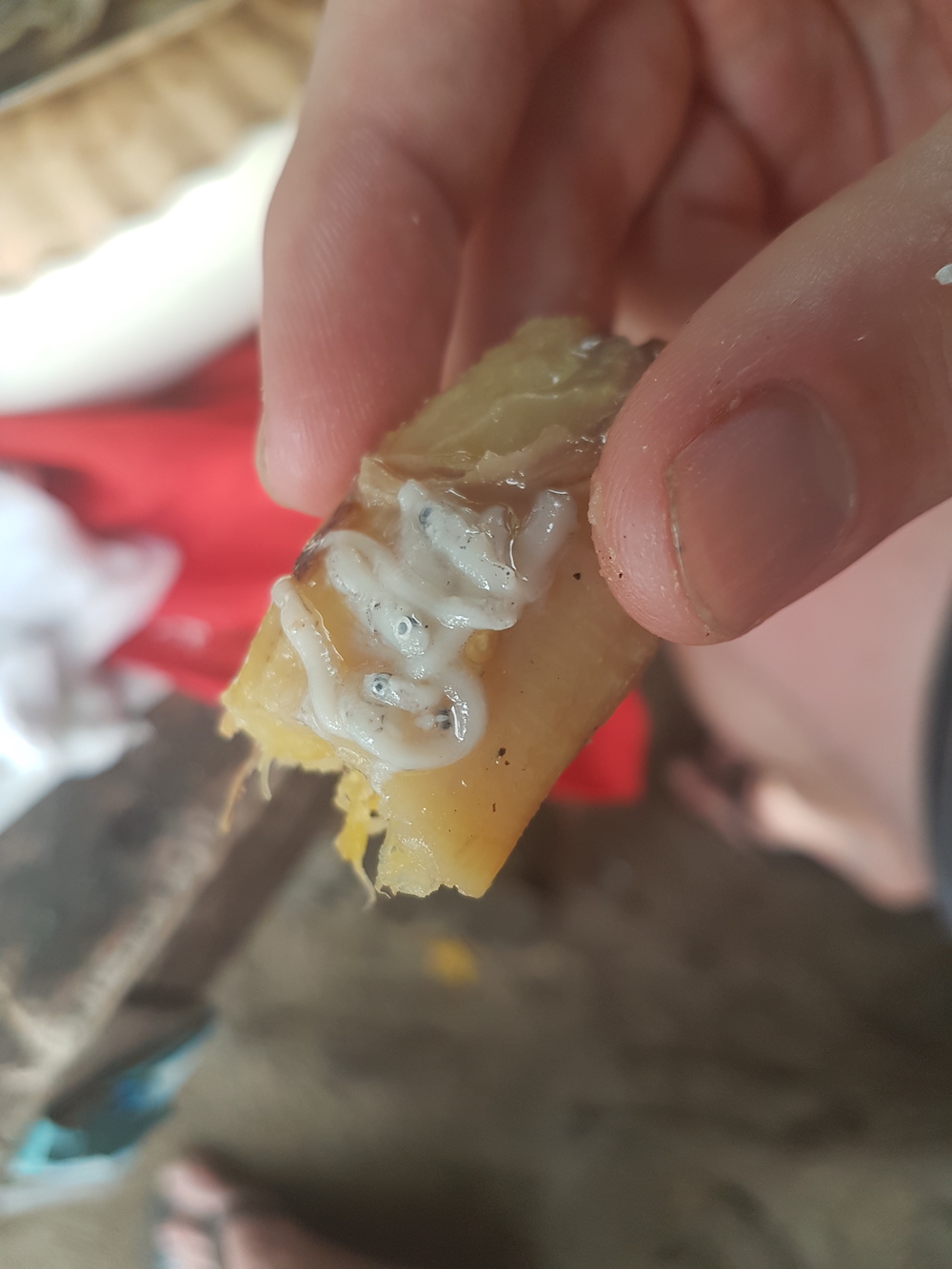
Salt fish on roasted banana
I could barely sleep that night, I’d seen pictures of the giant animals online and could barely believe I was going to see them in real life. The village of Oslob on the other side of Cebu is just about the only place in the world setup for tourists to swim with the whale sharks in a way that’s both supportive of the local economy and healthy for the animals and their habitat.
We took a car ride with a Chinese family to the location, their English wasn’t very good so we were able to help them communicate with our guide and let them know what we were supposed to do when we got to the boats. We’ve made use of our Mandarin skills a few times while travelling, and wherever we’ve been, we’ve also found a large number of Chinese tourists as well. Although it’s a rare occurrence where you can’t just get by using English, the few occasions where we’ve been able to help people with Mandarin have been really rewarding and give a lot of value to the work we’ve been doing for the last few months.
There was a frantic rush to get into the boats to see the whale sharks. They’re only fed in the morning for a short while so they can basically be trained to arrive at the same time every day looking for food. With a large number of tourists, this means time is very valuable so everyone can get a chance to see them. Along with us in our boat was a photographer, a marine biologist and another man to help paddle us out. The marine biologist was there to make sure all precautions were being taken to protect the animals, including keeping a good distance from them and not wearing any sun cream in the water (some chemicals may be harmful for them). If anybody disobeyed the rules, they would end up in some real deep water. It was reassuring to know that what we were doing was keeping the animals welfare as the top priority.
Me, Ross and Paul just before seeing the whale sharks
A whale shark touching me with it's tail
Swimming with whale sharks
When we got out to sea, our photographer motioned to us. In the distance, we could see a gaping mouth cutting through the water on its way towards us. We quickly jumped into the water and put on our snorkels, followed by the photographer. As the whale sharks passed by, we ducked below the surface while the photographer got a few pictures. This happened a few times as different sharks swam by, some much bigger than others. As big and as close as they were, it didn’t feel scary to be near them. Whale sharks aren’t particularly interested in humans, so unless you somehow provoke or scare them, it’s perfectly safe to swim with them. It was a once in a lifetime opportunity I’d recommend to anybody going to the Philippines.
With our time in Cebu coming to an end, we scraped together the last of our pesos and went to the restaurant up the road from our hostel, before packing our bags and getting ready to leave for Bali.
